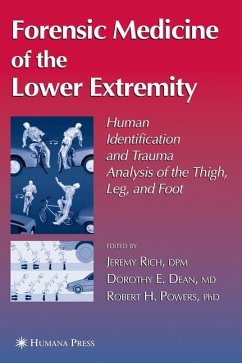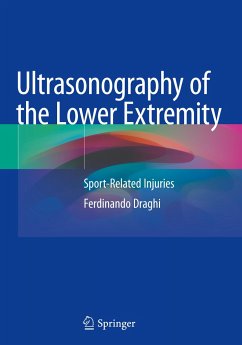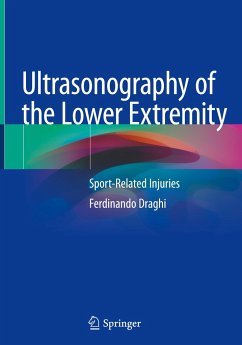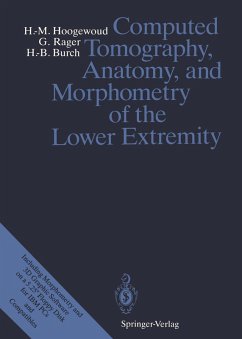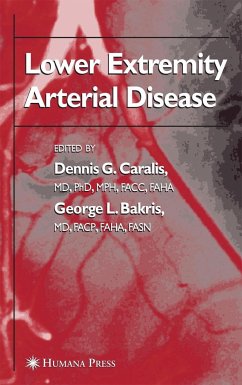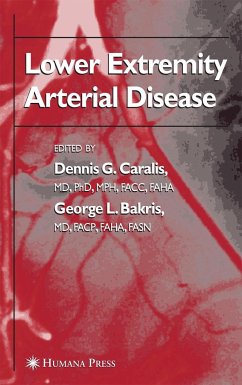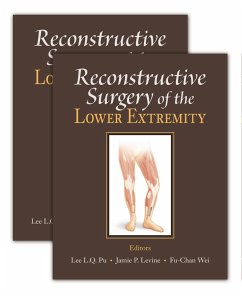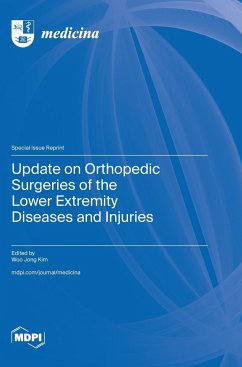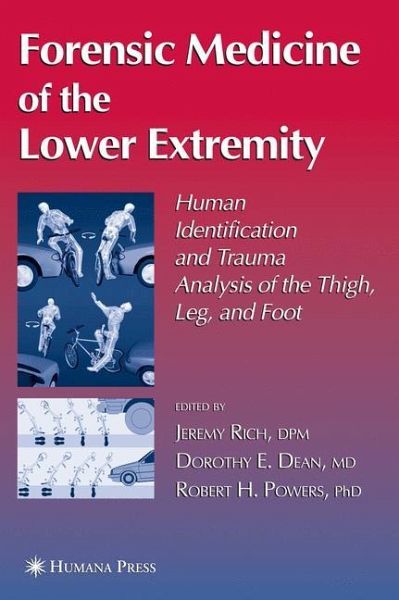
Forensic Medicine of the Lower Extremity
Versandkostenfrei!
Versandfertig in 6-10 Tagen
166,99 €
inkl. MwSt.

PAYBACK Punkte
83 °P sammeln!
Publius Syrus stated back in 42 B.C., "You cannot put the same shoe on every foot." (Maxim 596) Though written long before the advent of forensic science, Syrus' maxim summarizes the theme of Forensic Medicine of the Lower Extremity: Human Identification and Trauma Analysis of the Thigh, Leg, and Foot. Put simply, the lower extremity is a tremendously variable anatomic region. This variation is beneficial to forensic experts. Differences in the leg and foot can be used to establish individual identity. Analysis of damage to the lower limb can be used to reconstruct antemortem, perimortem, and ...
Publius Syrus stated back in 42 B.C., "You cannot put the same shoe on every foot." (Maxim 596) Though written long before the advent of forensic science, Syrus' maxim summarizes the theme of Forensic Medicine of the Lower Extremity: Human Identification and Trauma Analysis of the Thigh, Leg, and Foot. Put simply, the lower extremity is a tremendously variable anatomic region. This variation is beneficial to forensic experts. Differences in the leg and foot can be used to establish individual identity. Analysis of damage to the lower limb can be used to reconstruct antemortem, perimortem, and postmortem trauma. As a forensic anthropologist, I analyze cases involving decomposed, burned, m- mified, mutilated, and skeletal remains. Many of the corpses I examine are incomplete. Occasionally, I receive nothing but the legs and feet; a lower torso dragged from a river; a foot recovered in a city park; dismembered drug dealers in plastic bags; victims of bombings and airline disasters; and the dead commingled in common graves. Though the leg and foot contain much that is useful in forensic analysis, before this publication, investigators faced a twofold problem. Little research that focused on the lower extremity was available in the literature, and the existing research was published in diverse sources, making its location and synthesis a daunting task.



